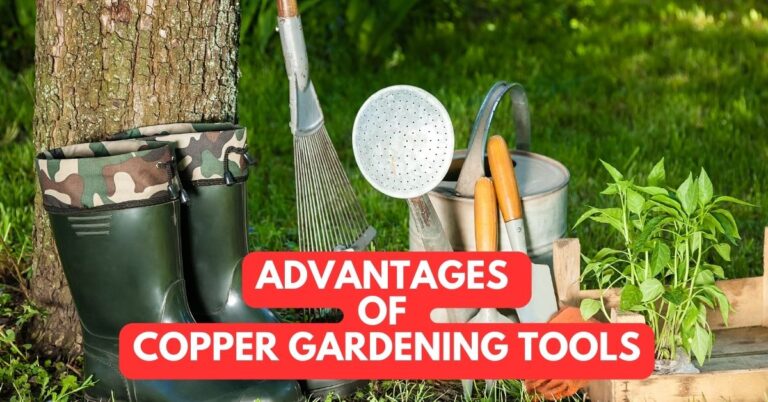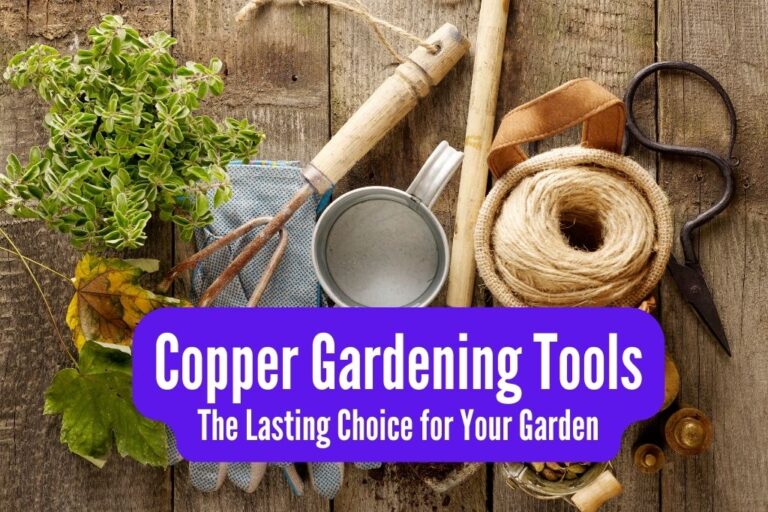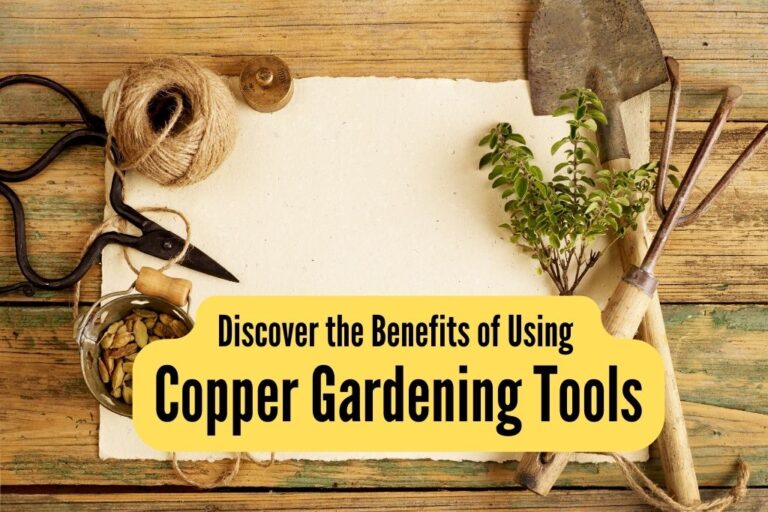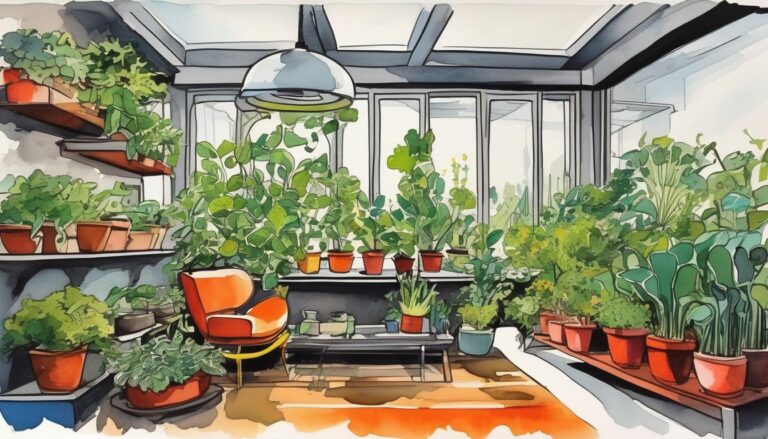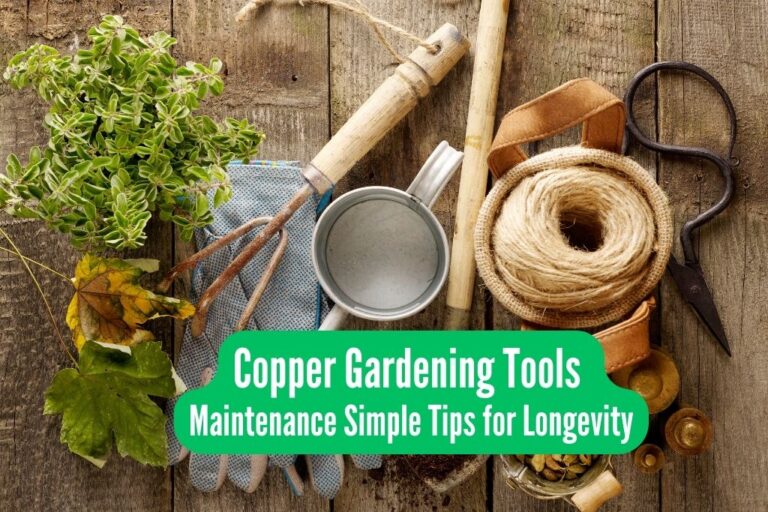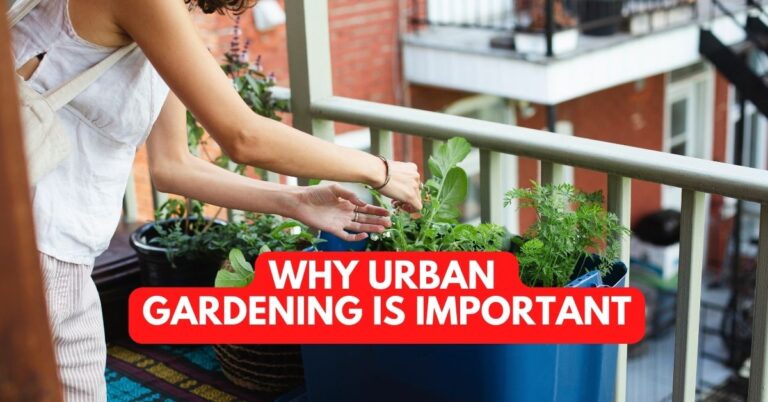What Is the Tool Used for Watering Plants?
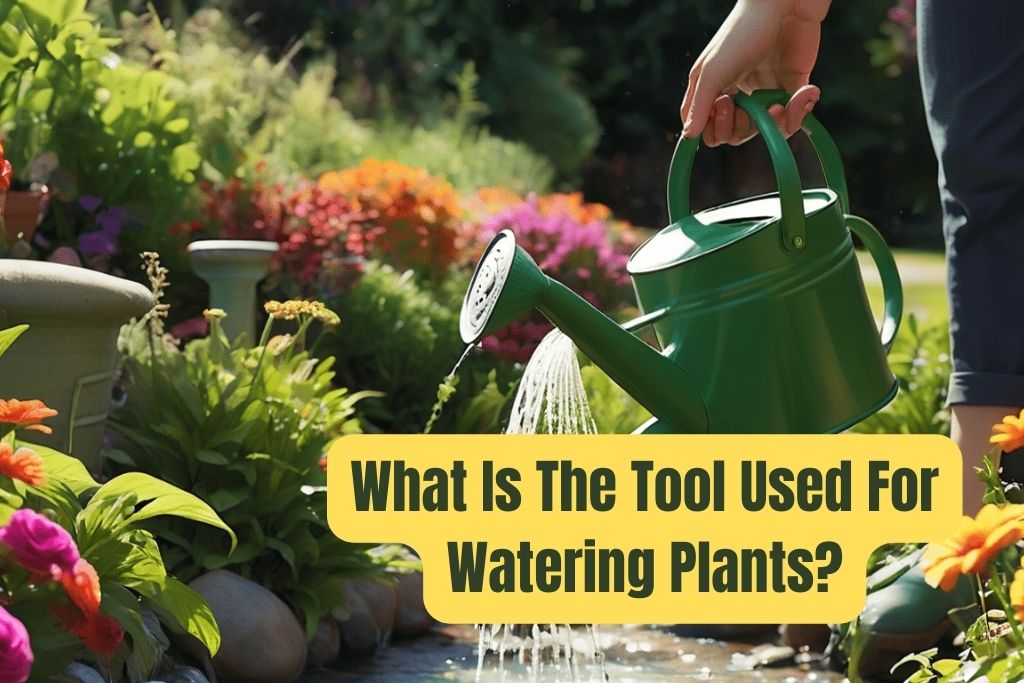
In the world of gardening, the peace of nurturing a seedling contrasts sharply with the chaos of managing watering tools.
You’ve probably used a traditional watering can before, but have you ever considered the efficiency of a drip irrigation system, or the convenience of an automated sprinkler?
There’s a whole range of equipment out there, each with its own unique benefits and drawbacks.Stick around, and together let’s uncover the mysteries of plant hydration tools, because understanding them could bring your gardening game to a whole new level.
Understanding Plant Watering Needs
Before diving into the tools for watering plants, it’s crucial for you to understand your plants’ unique watering needs. Each plant has its own set of requirements. While some thrive in damp soil, others prefer it dry. If you’re unsure, do a little research on your particular foliage.
You’ll find that most plants need watering when the top inch or so of soil is dry. Be careful not to overwater, as this can lead to root rot. Similarly, underwatering can cause your plant to wilt and die.
Understanding your plant’s watering needs won’t only keep it healthy but also allows you to choose the most suitable watering tool. So, take the time to learn about your plant’s needs before grabbing that watering can.
Traditional Watering Cans Explained
Now that you’re aware of your plant’s unique watering needs, let’s take a look at one of the most common tools used for this purpose – the traditional watering can. This age-old tool is perfect for nurturing both indoor and outdoor plants. It’s simple to use, just fill it up and pour water at the base of your plants.
Watering cans typically have a spout with small holes, creating a shower-like effect that gently waters plants without causing damage. They come in various sizes, so you can pick one that suits your needs.

Sprinkler Systems for Large Gardens
For those tending to expansive gardens, a sprinkler system can be a game-changer, efficiently watering large areas without the time-consuming task of manual watering.
You’ll find that sprinkler systems aren’t only efficient but also customizable. You can adjust their range and schedule, ensuring that each plant gets the correct amount of water. They’re also a great way to maintain your garden’s aesthetic appeal, as they’re often hidden or blend well with the landscape.
However, they do have a higher upfront cost and require some installation work. But don’t worry, you’ll recoup these costs in the time and energy you’ll save.
Drip Irrigation: An Efficient Choice
If you’re looking for a more precise and water-conserving method, drip irrigation is your best bet. This system works by delivering water directly to the base of your plants. Instead of spraying water everywhere, it drips slowly into the soil, reducing the amount of water lost to evaporation.
It’s a great option if you’re concerned about water conservation or if you live in a dry climate where water is scarce. Plus, it provides an even water distribution, ensuring each plant gets exactly what it needs.
You’ll also appreciate how drip irrigation can deter weed growth, as it doesn’t water the areas between your plants. Just remember, it’s not as automated as some other systems, but it’s a superb choice for small to medium gardens.
Automated Watering Tools Overview
Let’s shift our focus to automated watering tools, which offer convenience and efficiency in maintaining the hydration needs of your plants. These tools can be a lifesaver, especially if you’re frequently away from home or have a large garden. Automated watering systems range from simple timer-based sprinklers to sophisticated sensor-based setups that water your plants precisely when needed. They’re designed to save water and time while ensuring your plants get the right amount of moisture.
Popular types include drip irrigation systems, soaker hoses, and smart sprinklers. You’ll find programmable timers particularly handy. They can be set to water at specific times, reducing the risk of overwatering or underwatering. Switching to automated watering tools is a smart move for any diligent gardener.
Frequently Asked Questions
What Is the Best Time of Day to Water My Plants?”
You’re asking about the optimal time to hydrate your greenery.
It’s best to water your plants early in the morning or late in the evening to minimize evaporation and boost absorption.
How Can I Recycle Water for Plant Watering?”
You can recycle water for plant watering by using leftover cooking water.
Another option is collecting rainwater.
You can also reuse aquarium water.
Just ensure it’s not contaminated with harmful substances before you use it on your plants.
Are There Mobile Apps Available to Remind Me to Water My Plants?”
Yes, there are several mobile apps to remind you to water your plants.
They’re user-friendly, sending notifications when it’s time to water, ensuring your plants get the care they need, even with a busy schedule.
Can Overwatering Harm My Plants and How Can I Avoid It?”
Yes, overwatering can harm your plants by causing root rot.
You can avoid it by ensuring you’re not watering too frequently and by using well-draining soil.
It’s all about balance, not too much or too little.
What Are Other Eco-Friendly Irrigation Methods That Conserve Water?”
You can use drip irrigation systems, soaker hoses, or rain barrels to conserve water.
They’re eco-friendly as they minimize water waste by directly targeting the root zones or collecting and using rainwater.
Conclusion
So, you’ve come to understand the essentials of plant watering and the tools used.
Traditional watering cans are great for small gardens, while sprinkler systems work best for large areas.
Drip irrigation is your go-to for efficiency, and automated tools offer convenience.
Remember, using the right watering tool is significant in maintaining your plants’ health.
Now, it’s time to make your choice. Happy gardening!
Content are generated with AI, fact checked by editorial team.
Hi there! My name is Aaron and I am a gardening expert from the United States. I have always had a passion for gardening and have been practicing it for years. I have gained extensive knowledge and experience in gardening.

